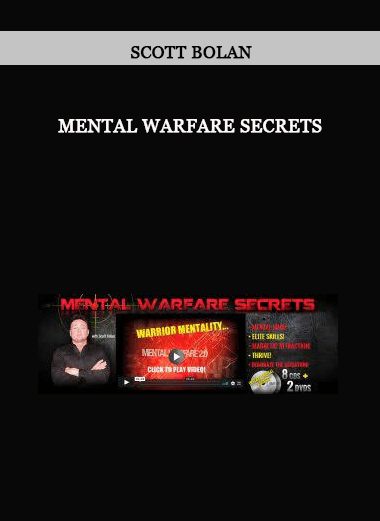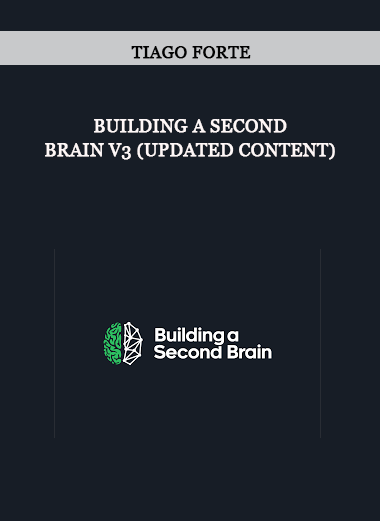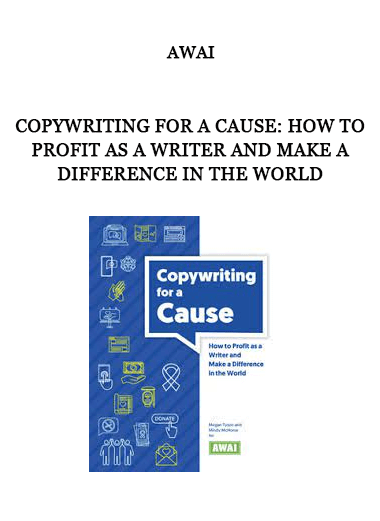Courses Infomation
The Kinetic Chain Challenge from Terry Trundle
 The Kinetic Chain Challenge Why Therapeutic Matters in Functional Recovery from Terry Trundle
The Kinetic Chain Challenge Why Therapeutic Matters in Functional Recovery from Terry Trundle
Faculty:Terry Trundle
Duration:1 Hour 33 Minutes | Format:Audio and Video
Archive : The Kinetic Chain Challenge from Terry Trundle
Outline:
Explain the Importance of Co-contraction Muscle Recruitment as a Pre-functional Exercise
Three Components of Function: Mobility, Recruitment, and Stabilization
- Define clinical meaning of co-activation
- Early application of pre-functional recruitment
Review Current Research States Why Hip and Hamstrings Strengthening is the True Core of Lower Extremity Stabilization
- Techniques in open kinetic chain co-contraction
- True core exercises for the lower extremity
- Scapular muscle activation ratios
- Proprioception: the key to stabilization
Discuss Why the Word “Therapeutic” Should be Reconsidered for the Lower and Upper Kinetic Chains
- Protective exercise concepts for the upper extremity
- Application of short-arc exercises for the knee and shoulder
- EMG evidence of positional recruitment
- Incorporating evidence of the difference between scapular activation vs glenohumeral muscle activity
Description:
This session begins with the importance of pre-functional co-contraction muscle re-education. Questions that will be addressed include: Does true closed kinetic chain exercise really exist, or is it just a clinical term? Why is the role of the hamstring and hip abductor strengthening the basic core for lower-extremity rehabilitation?
Application of short-arc motion exercises for both the upper and lower extremities will be reconsidered. The presentation of these concerns should lead us to this conclusion: clinicians should to put the word “therapeutic” back into exercise.
Health and Medical course
More information about Medical:
Medicine is the science and practice of establishing the diagnosis, prognosis, treatment, and prevention of disease.
Medicine encompasses a variety of health care practices evolved to maintain and restore health by the prevention and treatment of illness.
Contemporary medicine applies biomedical sciences, biomedical research, genetics, and medical technology to diagnose, treat, and prevent injury and disease,
typically through pharmaceuticals or surgery, but also through therapies as diverse as psychotherapy, external splints and traction, medical devices, biologics, and ionizing radiation, amongst others.
Medicine has been around for thousands of years, during most of which it was an art (an area of skill and knowledge) frequently having connections to the religious and
philosophical beliefs of local culture. For example, a medicine man would apply herbs and say prayers for healing, or an ancient philosopher and physician would apply bloodletting according to the theories of humorism.
In recent centuries, since the advent of modern science, most medicine has become a combination of art and science (both basic and applied, under the umbrella of medical science).
While stitching technique for sutures is an art learned through practice, the knowledge of what happens at the cellular and molecular level in the tissues being stitched arises through science.
Salepage : The Kinetic Chain Challenge from Terry Trundle































Reviews
There are no reviews yet.